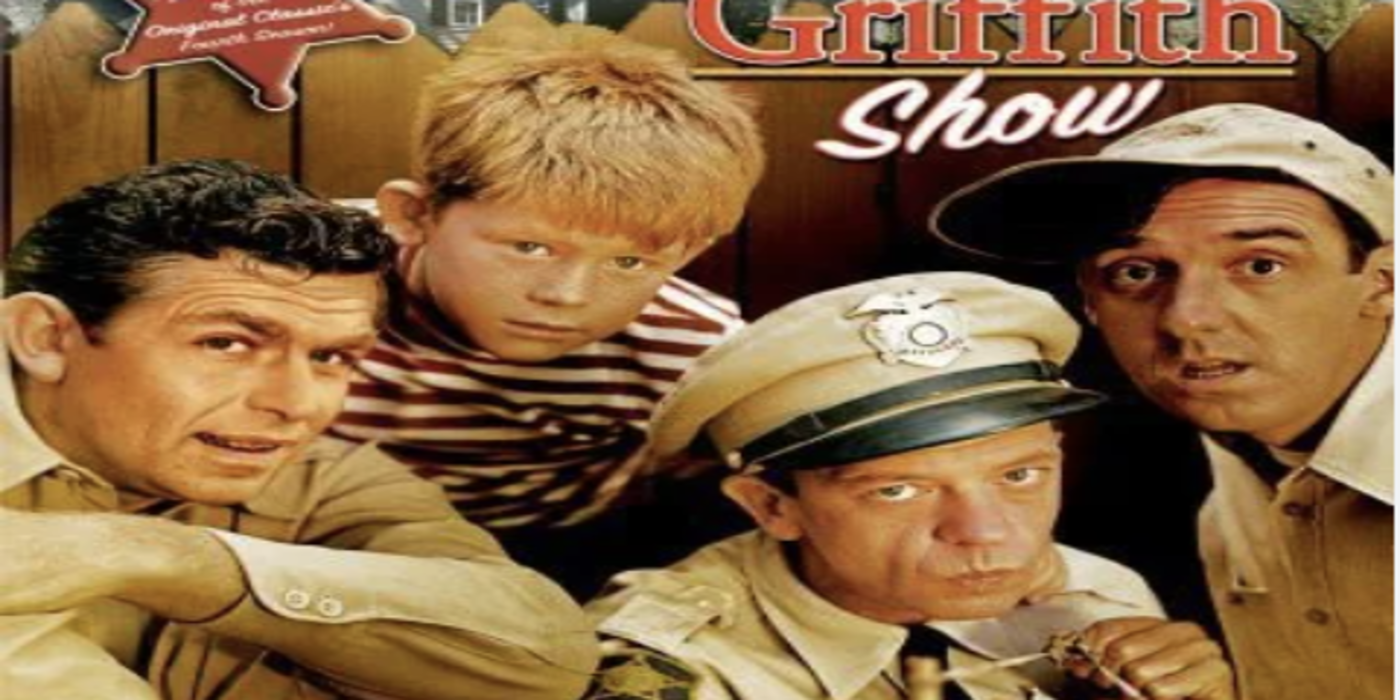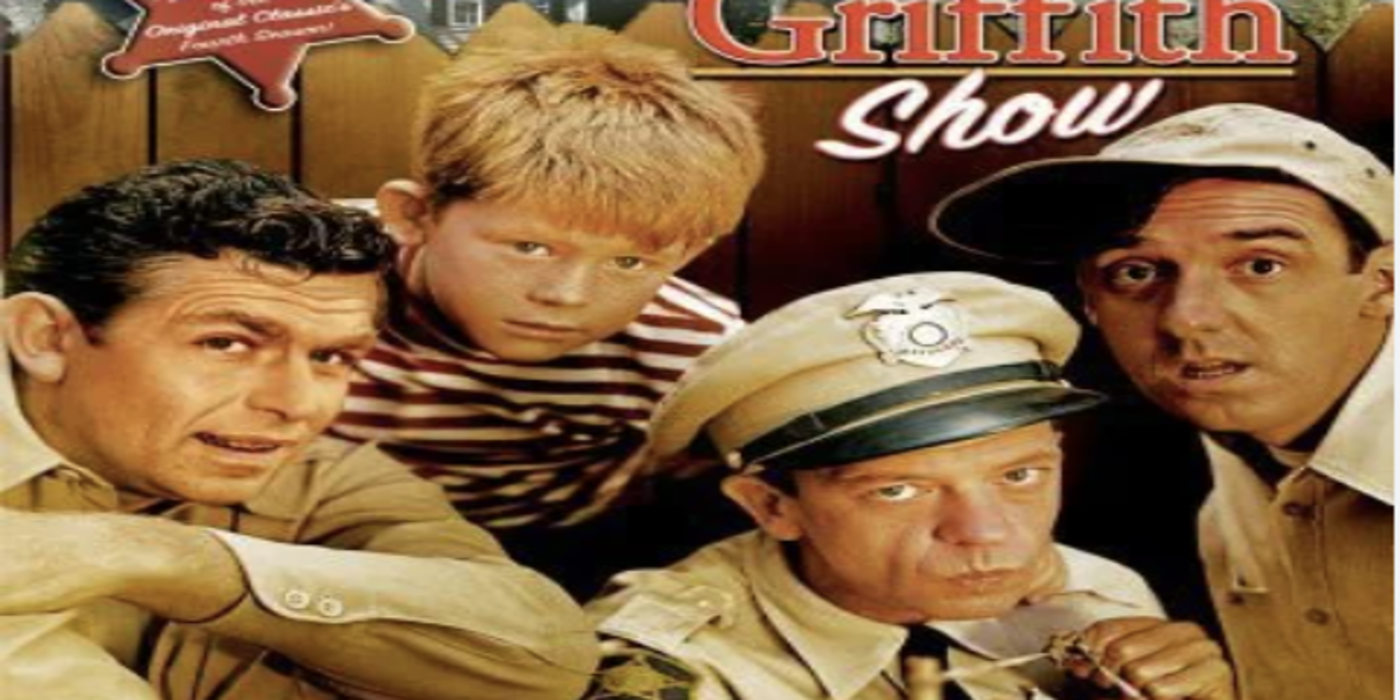
When The Andy Griffith Show first aired in 1960, it didn’t just become a hit – it changed the landscape of family television forever. With its perfect blend of humor, heart, and small-town charm, the show captured the essence of wholesome entertainment and became a model for family-friendly TV. The series, which centered on the day-to-day life of Sheriff Andy Taylor, his son Opie, and the colorful residents of Mayberry, redefined what audiences expected from a TV show about family life. Today, over 60 years after its debut, the show remains a cultural touchstone, loved for its simplicity, moral lessons, and endearing characters.
Let’s take a closer look at how The Andy Griffith Show helped shape the future of family television and why it continues to stand the test of time.

A Simpler Time: The Appeal of Mayberry’s Small-Town Charm
One of the key factors in The Andy Griffith Show’s lasting appeal is the comforting simplicity of Mayberry. In a world often filled with fast-paced drama, the show offered a soothing escape into a small, peaceful town where everyone knew each other by name. Mayberry was a place where problems were resolved with conversation rather than conflict, and where the most challenging issue might be a misunderstanding between a quirky neighbor and the local sheriff. This idyllic setting became a symbol of an idealized version of life that many viewers, especially in the early 1960s, longed for.
For many, the town of Mayberry represented a simpler, more wholesome time when community bonds were stronger, and people worked together to solve problems. It wasn’t a place of high drama or violence; it was a place where everyone could find comfort and humor in the everyday moments of life. The show’s portrayal of this tight-knit community, where neighbors truly cared for one another, offered viewers a sense of nostalgia and warmth. This vision of a small town where good values and close relationships prevailed was a refreshing change from the more chaotic portrayals of family life on television at the time.
Humor Rooted in Character, Not Conflict
What really set The Andy Griffith Show apart from other sitcoms of the era was its humor. Unlike many shows that relied on slapstick or exaggerated situations, the humor on The Andy Griffith Show stemmed from its rich, well-developed characters and the everyday situations they found themselves in. The comedy often arose from the charming quirks of the characters – from Barney Fife’s well-meaning but bumbling antics to the calm wisdom of Andy Taylor.
The show’s humor wasn’t about making fun of people, but rather about highlighting the lovable flaws and imperfections of the townspeople. Andy’s gentle ribbing of his deputy Barney, for example, was always done with a sense of affection, never cruelty. The show was full of warm moments where the characters would laugh at their own missteps, reinforcing the idea that life is often funny in its simplicity.
This style of humor was a departure from other sitcoms of the time, which often focused on conflict-driven storylines and punchlines at the expense of the characters’ emotional depth. The Andy Griffith Show was rooted in the idea that humor could come from genuine character development and interactions that were both relatable and uplifting. In doing so, the show set the stage for later sitcoms that would prioritize humor based on character relationships, such as The Mary Tyler Moore Show and Cheers.
A Model of Positive Parenting: Andy Taylor’s Wisdom
One of the standout features of The Andy Griffith Show was its portrayal of fatherhood, embodied by the character of Sheriff Andy Taylor. Andy wasn’t just a lawman; he was a loving, wise father who took his role as a parent seriously. His relationship with his son Opie (played by Ron Howard) was one of the most heartwarming elements of the show. Through their interactions, viewers saw a father who taught his son important life lessons without resorting to harsh discipline. Andy’s parenting style was calm, thoughtful, and filled with moral clarity, and it set a new standard for how fathers could be portrayed on television.
In an era when TV dads were often depicted as stern or distant, Andy Taylor was a refreshing change. He was loving, patient, and always willing to listen to Opie, allowing his son to grow and learn from his mistakes. Andy’s wisdom and kindness were central to the show’s charm, and his calm demeanor offered a model for fatherhood that resonated with viewers. This depiction of a nurturing, supportive father figure laid the groundwork for later TV dads, including those seen in shows like The Cosby Show and Full House, who would carry on the tradition of showing positive, involved fatherhood on screen.
The Importance of Community and Moral Lessons
In addition to its humor and character development, The Andy Griffith Show also made an impact with the moral lessons it taught. Each episode often had a message about integrity, honesty, or kindness, and the characters frequently found themselves in situations that tested their values. Andy’s role as sheriff wasn’t just about enforcing the law—it was about guiding his community with a moral compass.
What made the show stand out in its delivery of life lessons was that these morals were presented in a subtle and relatable way. For instance, an episode might involve a small conflict in the town, but rather than ending with a dramatic resolution, it would conclude with a simple conversation or moment of reflection that reinforced the episode’s theme. This approach helped the show avoid preachiness while still teaching viewers valuable life lessons.
Moreover, the show’s focus on community set it apart from many other family shows. The people of Mayberry weren’t just a group of individuals—they were a close-knit community that worked together to solve problems and support each other. From Aunt Bee’s nurturing role to Barney’s attempts at being a good deputy, every character contributed to the fabric of Mayberry in their own way. This emphasis on the importance of community and support was a refreshing take on the American family and continues to resonate today.
Legacy and Impact on Future Television
The Andy Griffith Show had a profound impact on the television landscape, particularly in the way it shaped family sitcoms. By blending humor with heart and focusing on positive moral lessons, it set the stage for future shows that would prioritize family values and character-driven comedy. The show’s success demonstrated that audiences craved television that was both entertaining and meaningful, and it proved that a show centered around family and community could thrive for years.
Even after the series ended in 1968, its influence continued to be felt. The portrayal of fatherhood, the focus on small-town values, and the warmth of its humor all became touchstones for later TV series. Shows like The Waltons and Little House on the Prairie followed in the footsteps of The Andy Griffith Show, continuing the tradition of family-oriented entertainment that balances laughter with life lessons.
The Enduring Appeal of Mayberry
What makes The Andy Griffith Show so timeless is that it tapped into universal themes that continue to resonate with audiences today. Whether it’s the lovable characters, the moral lessons, or the heartwarming depiction of family life, the show remains a classic for all ages. It continues to be a show that families can watch together, enjoying both the humor and the values it imparts.
In a world that’s often chaotic and fast-paced, Mayberry serves as a comforting reminder of simpler times. The show’s ability to blend timeless humor with meaningful life lessons has made it an enduring example of what family television can—and should—be.
The Andy Griffith Show didn’t just entertain; it helped redefine what it meant to portray family life on television. Through its gentle humor, memorable characters, and positive moral framework, it set the standard for family TV that endures to this day. Mayberry may be fictional, but the warmth and lessons it offered are very real, making The Andy Griffith Show a true TV treasure.
